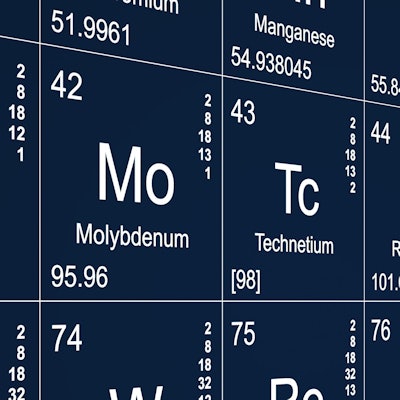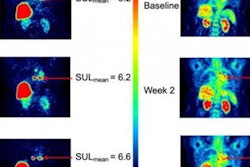
Japanese researchers have discovered that nanoporous carbon can separate the isotope oxygen-18 (O-18) from oxygen-16 (O-16), which is an essential isotope for PET diagnosis.
When a mixture of O-16 and O-18 is introduced into the nanoporous carbon, the O-18 is preferentially adsorbed and separated from O-16, according to a research team led by Katsumi Kaneko of the Research Initiative for Supra-Materials (RISM) at Shinshu University (Nature Communications, January 22, 2021). The researchers were also able to separate O-18 from O-16 using the low-temperature waste heat from a natural gas storage facility.
O-18 helps detect cancer, but it is difficult to procure because only 0.2% of naturally occurring oxygen is O-18. O-16 is predominant in the atmosphere, and to distill to O-18 requires precise technology that took more than six months to complete.
Nanoporous carbon can be used to not only distill O-18 but also to separate carbon and nitrogen isotopes. Kaneko and colleagues expect more demand for this method and substance going forward.



















